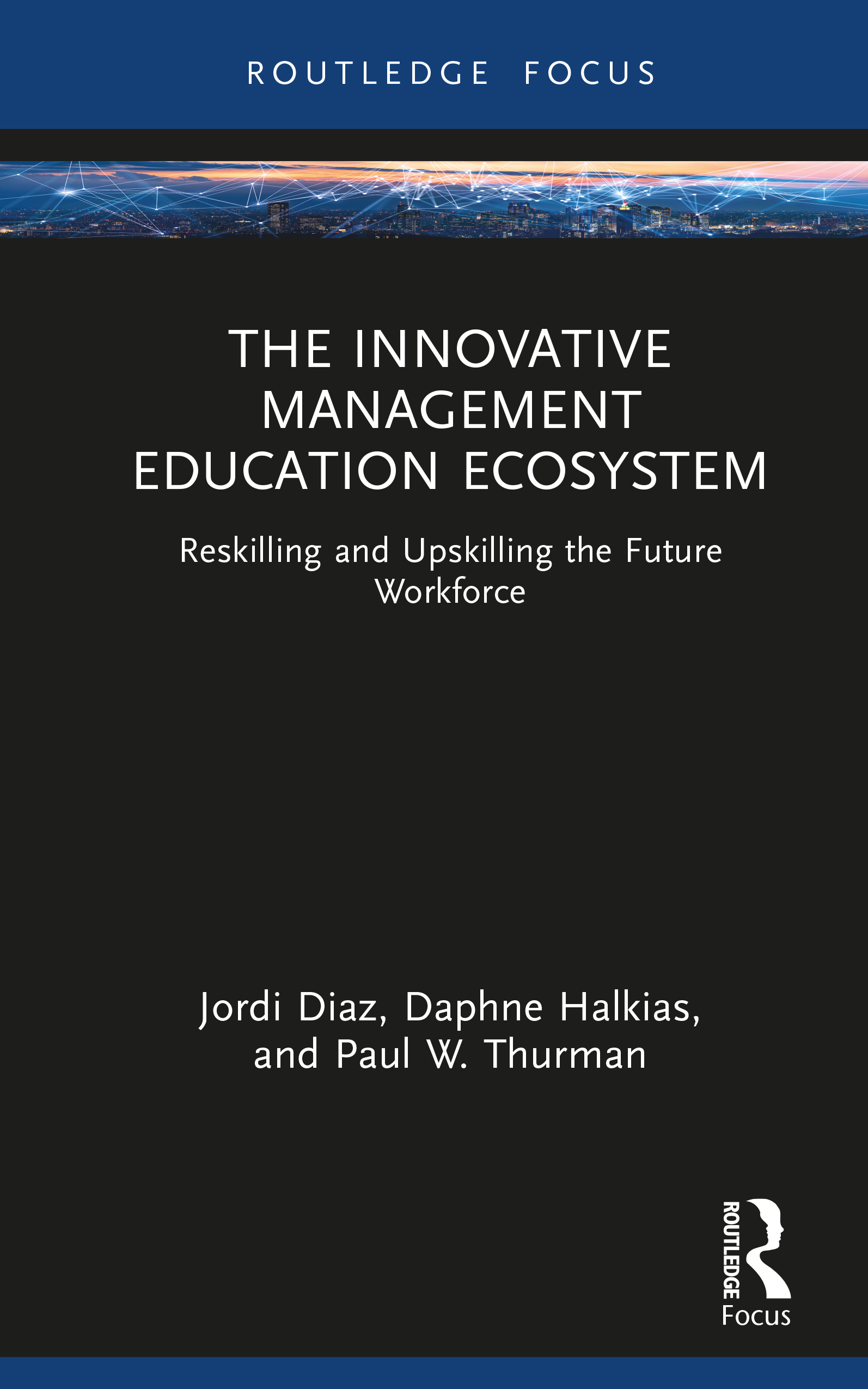One of the major challenges in establishing and maintaining a global network for observa- The detection, attribution and prediction of tions of global change is ensuring adequate global and large scale regional change have spatial and temporal extent of the observations. become goals for numerous national and multi- In this article, we describe initial steps toward national organizations. The United Nations con- the development of a global coastal observing tributes to these goals through its Global Obse- system by reviewing (1) the general concerns of ing Systems. The observing systems are divided observing systems and more speci?cally coastal into three major programs: Global Terrestrial in situ observations, (2) the de?nition and Observing System (GTOS), Global Ocean delineation of the coast by potential users, and Observing System (GOOS), and Global Climate (3) the application of a sentinel system frame- Observing System (GCOS). The coast is one area work as a means to identify and establishing a where global change appears critically important network to meet observing system goals. This and where interaction among the observing s- work stems from one of the phase 1 priority tems is essential for effectively meeting their products of the C-GTOS plan ‘‘Management of goals. Both GOOS and GTOS are developing conservation and cultural sites in the coastal coordinated coastal programs and contributing to zone’’ (FAO, 2005). the Integrated Global Observing Strategy (IGOS), the observing system strategy fostering cooperation among various UN and national Need for in situ networks and issues partners, including space agencies.












